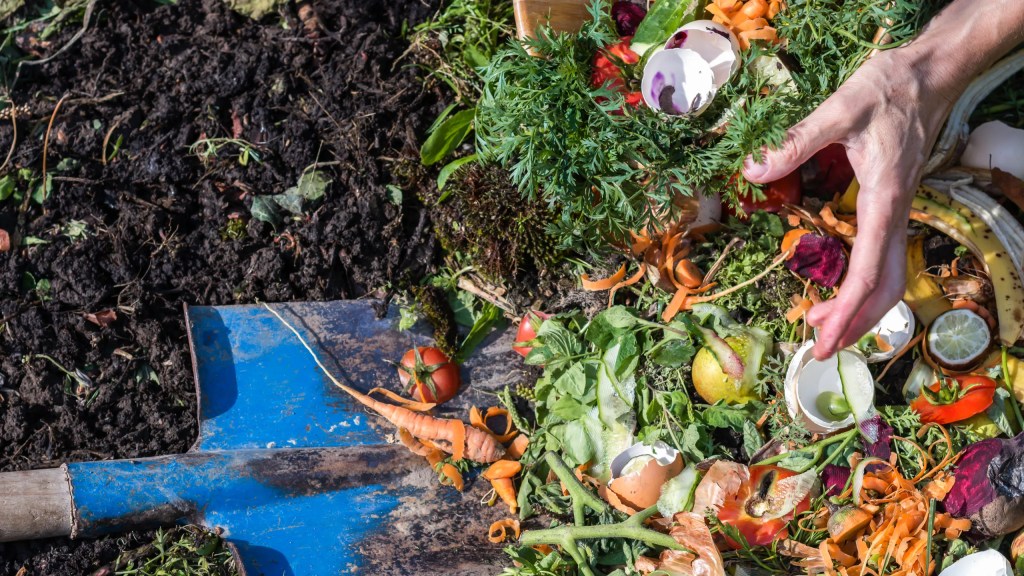California’s Climate Pollutant Reduction Strategy
SB 1383

Fighting Climate Change by Recycling Organic Waste
In September 2016, Governor Edmund Brown Jr. set methane emissions reduction targets for California (SB 1383 Lara, Chapter 395, Statutes of 2016) in a statewide effort to reduce emissions of short-lived climate pollutants (SLCP). The targets must:
- Reduce organic waste disposal 75% by 2025.
- Rescue for people to eat at least 20% of currently disposed surplus food by 2025.
Landfills Are Third Largest Source of Methane in California
Organic waste in landfills emits:
- 20% of the state’s methane, a climate super pollutant 84 times more potent than carbon dioxide.
- Air pollutants like PM 2.5, which contributes to health conditions like asthma.
- Organics like food scraps, yard trimmings, paper, and cardboard make up half of what Californians dump in landfills.
- Reducing Short-Lived Climate Super Pollutants like organic waste will have the fastest impact on the climate crisis.


